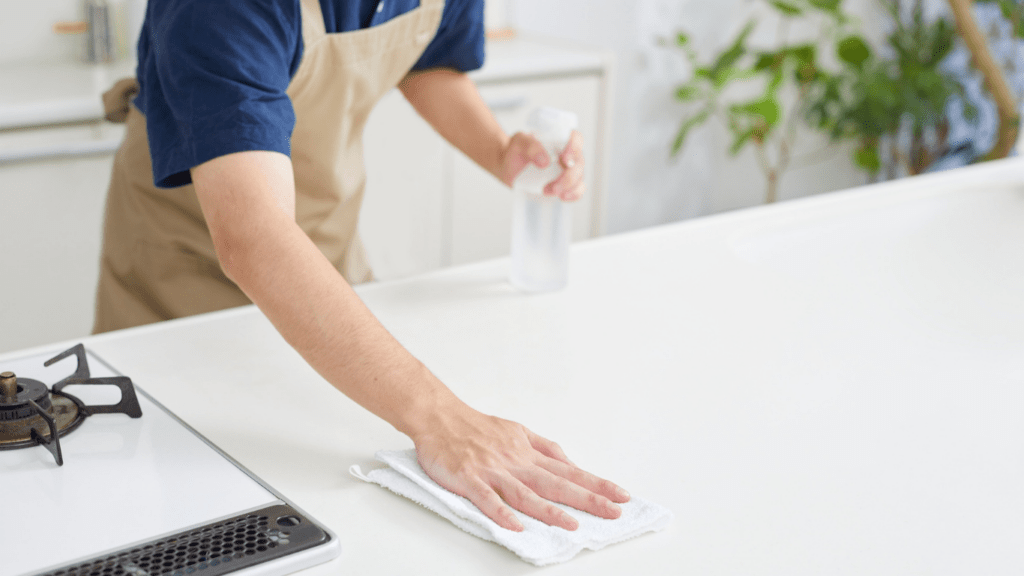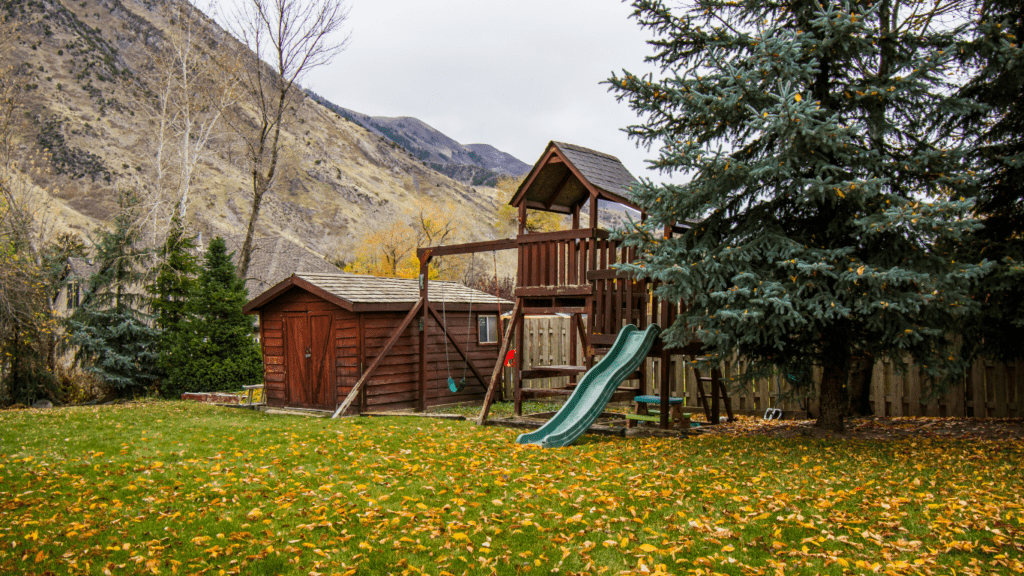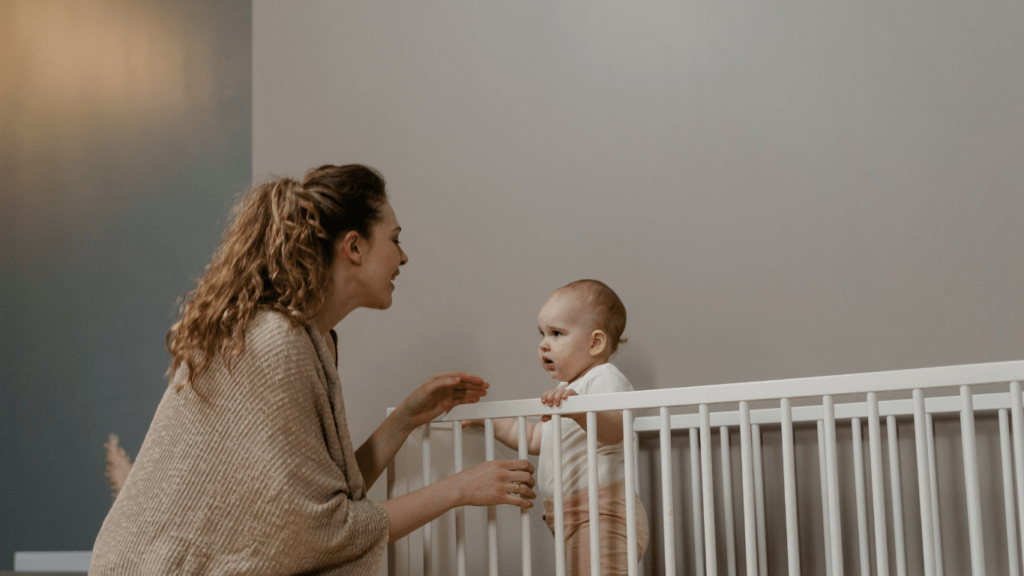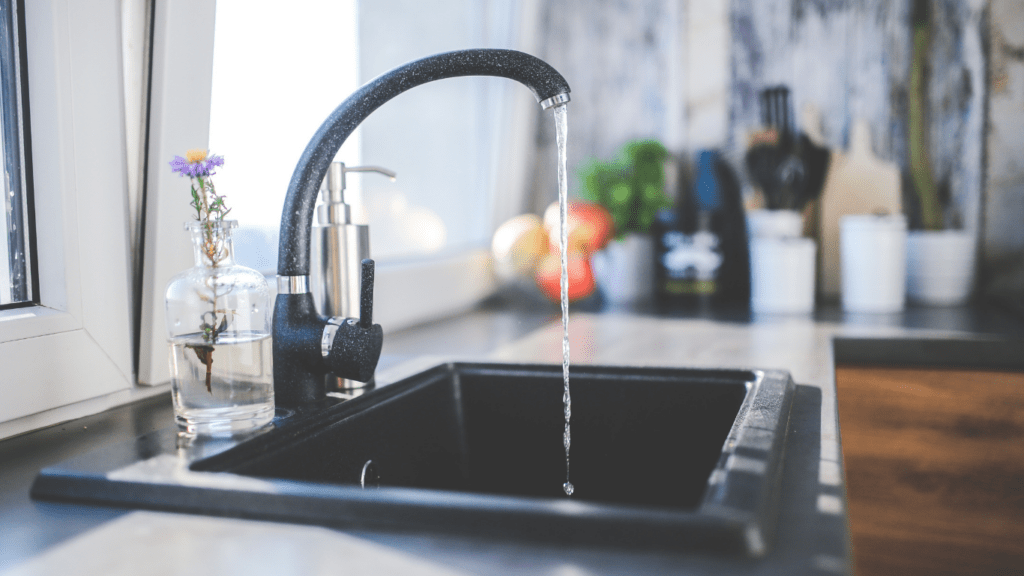As a parent, ensuring your child’s safety is always at the forefront of your mind. But while we often focus on the big dangers, it’s the hidden risks that can catch us off guard. Poison-proofing your home is crucial, yet many parents overlook simple steps that can make a world of difference.
From everyday household items to seemingly harmless plants, the potential hazards are everywhere. I’ll share insights on what to watch for and practical tips to create a safer environment for your little ones.
Let’s dive into the often-overlooked aspects of poison-proofing your home and empower ourselves to protect our families better.
Understanding Home Safety
Home safety extends beyond securing doors and windows. It involves the careful assessment of the items within the home that can pose poisoning risks to children. I recognize that many parents often overlook everyday products that can be harmful.
Common Household Hazards
- Cleaning Supplies: Common cleaning agents contain toxic chemicals. These include bleach, ammonia, and drain cleaners.
- Medications: Both prescribed and over-the-counter medications can lead to accidental poisoning. Keep them in secured locations.
- Personal Care Products: Items such as lotions, perfumes, and cosmetics can be harmful if ingested. Store these out of children’s reach.
- Pesticides: Pest control products can be toxic. Follow label instructions and store them away from children.
- Houseplants: Certain plants can be toxic to children and pets. Identify any hazardous species in your home.
Prevention Measures
- Cabinet Locks: Installing safety locks on cabinets helps limit access to hazardous items.
- Labeling: Clearly label all substances, so it’s clear which products are dangerous.
- Childproofing: Use childproof containers for medications and household chemicals.
- Education: Teach children about the dangers of certain household items as they grow older.
Parents should systematically evaluate their home environments. With vigilance, it’s possible to significantly reduce risks and create a safer space for children.
Common Household Poisons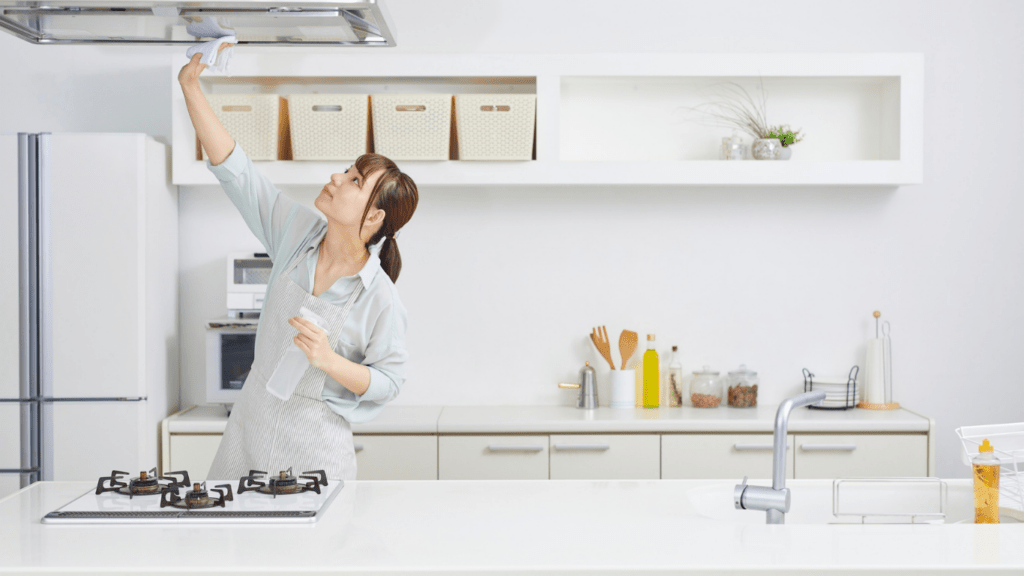
Parents often overlook specific household items that can pose significant risks to children. Identifying these common poisons is crucial for maintaining a safe environment.
Everyday Items That Pose a Risk
- Cleaning Supplies: Many cleaning products contain harsh chemicals, including bleach and ammonia. These can cause respiratory issues and skin irritation. Store them in locked cabinets and opt for child-safe alternatives when possible.
- Medications: Over-the-counter and prescription medications often appear harmless but can be extremely dangerous. Children can mistake pills for candy. Keep all medications in childproof containers and out of reach.
- Personal Care Products: Items like lotions, shampoos, and cosmetics may contain toxic substances. Brands often use fragrances and chemicals that can be harmful if ingested. Store these products securely, and educate your children about using them safely.
- Laundry Detergent Pods: These bright, colorful pods resemble candy. Ingestion can lead to serious health complications. Keep these products on high shelves or locked away, and consider using traditional liquid or powder detergents instead.
Hidden Hazards in the Home
- Pesticides: Common insecticides and rodenticides are highly toxic. Even small amounts can be harmful. Apply them only as directed and always store them in a secure location.
- Certain Houseplants: Some plants, such as philodendrons and oleander, are toxic if ingested. Parents should research houseplants and choose pet-friendly and child-safe options for their homes.
- Heavy Metals: Items such as old paints and certain toys may contain lead or other heavy metals. Regularly check for recalls and replace unsafe items immediately.
- Batteries: Coin and button batteries can cause severe internal injuries. Store devices containing these batteries out of reach, and dispose of used batteries properly.
- Alcohol: Unsecured alcoholic beverages can pose a risk for young children. Store all alcohol in locked cabinets, and be mindful of hand sanitizers that contain alcohol.
By proactively identifying these common household poisons, parents can significantly reduce the risk of accidental exposure and create a safer living environment for their children.
Strategies for Poison-Proofing
Creating a safe home environment requires attention to storage, labeling, and education. I’ve found these strategies particularly effective in minimizing poison risks.
Effective Storage Solutions
- Install Cabinet Locks: Secure cabinets containing cleaning supplies, medications, and other hazardous items with child-resistant locks.
- Use High Shelves: Place dangerous items on high shelves, out of children’s reach.
- Store in Original Containers: Keep products in their original packaging to maintain warning labels and crucial information.
- Opt for Childproof Containers: Use containers designed specifically to prevent child access for medications and toxic substances.
- Consider Safety Latches: Install safety latches on both low and high cabinets to enhance protection against accidental openings.
Labeling and Education
- Label Hazardous Items: Clearly label all cleaning products, medicines, and chemicals with warnings to inform anyone in the household about potential dangers.
- Teach Children About Risks: Educate children on the dangers of consuming non-food items and what to do in case of emergency.
- Utilize Color-Coded Systems: Implement a color-coded labeling system to quickly identify safe and hazardous items.
- Keep Emergency Numbers Visible: Display poison control and emergency contact numbers prominently in the home for quick access.
- Review Product Safety: Regularly assess household items, reevaluating whether any new products pose additional risks.
Emergency Preparedness
Preparedness plays a critical role in ensuring safety from potential poisoning incidents. I focus on having a well-stocked first aid kit and knowing how to contact poison control as essential steps in my emergency plan.
First Aid Kit Essentials
A comprehensive first aid kit is vital for addressing various emergencies, including poisoning. I include the following essentials in my kit:
- Activated Charcoal: This can help absorb toxins in some poisoning cases.
- Antihistamines: Useful for allergic reactions to certain plant toxins.
- Gauze and Adhesive Bandages: For treating minor cuts and scrapes that may occur during an emergency.
- Scissors and Tweezers: Helpful for removing splinters, ticks, or to cut tape and bandages.
- Thermometer: To monitor body temperature during poisoning symptoms.
- Emergency Numbers: Keeping numbers for local emergency services and poison control ensures quick access during a crisis.
I regularly check and restock my first aid kit to ensure everything is in good condition and within the expiration date.
Contacting Poison Control
Knowing how to reach poison control can save valuable time during an emergency. I save the contact number for the National Capital Poison Center at 1-800-222-1222 on my phone and post it in a visible location within my home. During a potential poisoning incident, I follow these steps:
- Stay Calm: Remaining calm helps me think clearly and assess the situation.
- Provide Clear Information: When contacting poison control, I give precise details about the substance involved, the amount ingested, and the age of the child.
- Follow Instructions: I wait for guidance from the poison control operator, who can offer specific steps based on the situation.
By preparing a first aid kit and knowing how to contact poison control, I enhance my readiness for unexpected poisoning incidents.
